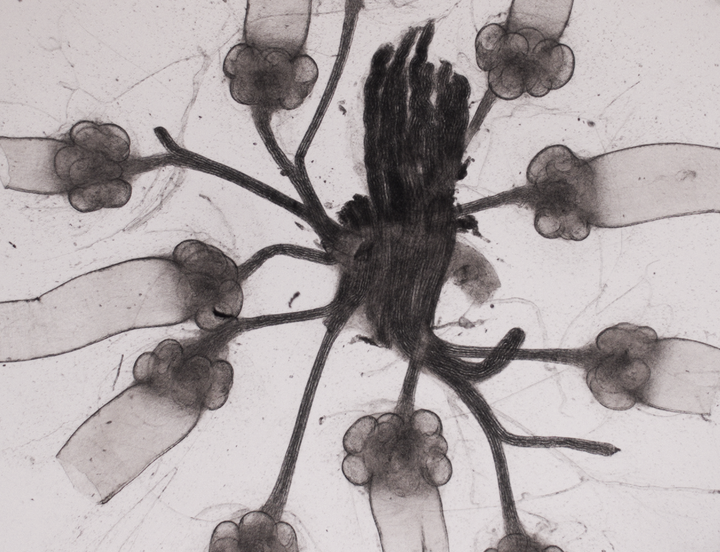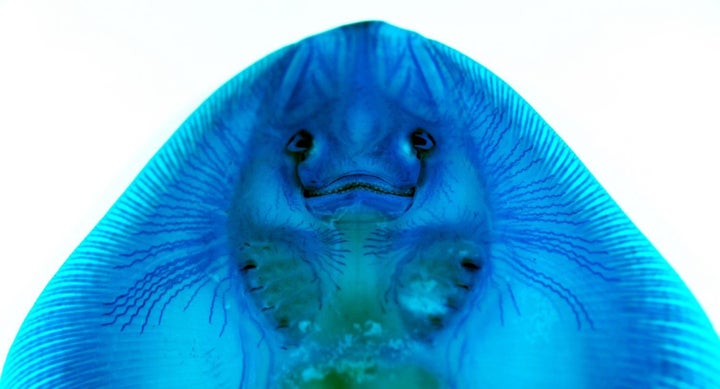Sharks’ legendary sense of smell might be overhyped, but the fearsome predators still have an arsenal of evolutionary quirks at their disposal.
The ability to sense their prey’s beating heart is surely one of the most extraordinary, yet it’s also one of the least understood – until now.
A new study reveals how the fish – and rays and skates – find food in the sandy sea floor by “listening” for traces of bioelectricity in their prey’s heart.
The key to this incredible ability lies in their electro-sensory organ.
Previously, scientists only understood the basic anatomy of these structures, but a series of experiments have traced electrosensation all the way from genes to cell physiology to behaviour.

“Skates and sharks have some of the most sensitive electroreceptors in the animal world,” said David Julius, PhD, professor and chair of physiology at UCSF and senior author of the study.
“Understanding how this works is like understanding how proteins in the eye sense light—it gives us insight into a whole new sensory world.”
To work out exactly how the process works, the researchers isolated electrosensory cells from a skate. They then used recordings to identify two currents that interact with one another to set up an electrical oscillation in the cells’ membranes which are exquisitely sensitive to electrical disturbances.
The researchers also used gene expression experiments and real world tests to determine the genetic history, and the impact it has on behaviour.

Surprisingly, the research revealed that skates’ and sharks’ electrosensory systems is not so different to the mammalian auditory system after all.
In particular, there’s a resemblance between the skate’s organs and the hair cells of the inner ear responsible for sensitive hearing in mammals, and humans.
“Versions of the same ion channels with subtly different electrical properties are similarly important in our ears,” said Nicholas Bellono, PhD, co-lead author.
“So understanding exactly how small differences in these channels affect electrical function could be important for better understanding the auditory system.”
